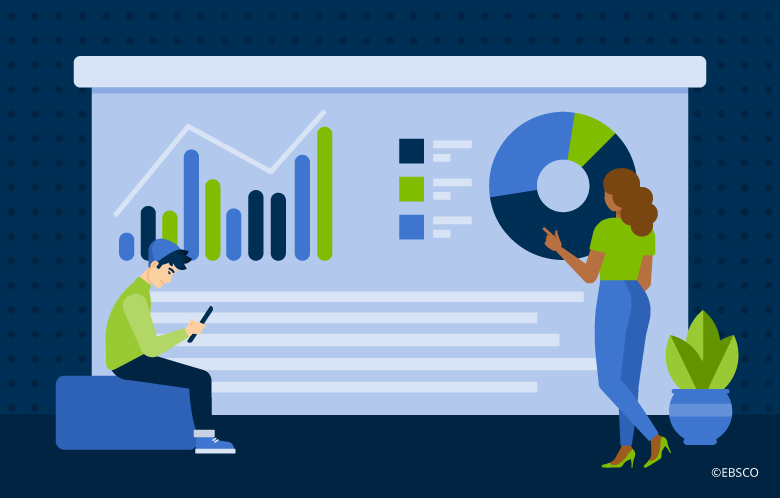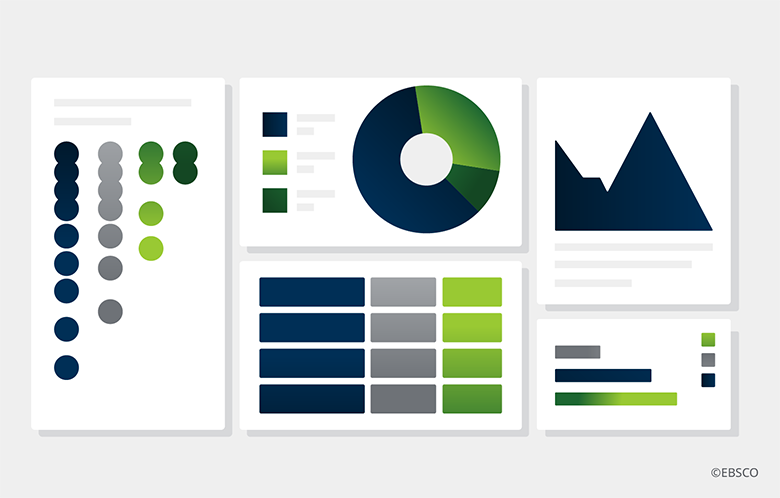There has been much to discuss in the world of ILS including the evolution from Integrated Library Systems to Library Services Platforms with added features and functionality. The recent mergers of traditional ILS providers have caused concerns about whether fewer options will be available to libraries in the future. The creation of FOLIO, an open-source Library Services Platform, that is backed by vendors who provide services and support, offers libraries of all sizes the opportunity to leverage an open-source library services platform — an option previously open only to large libraries with technical services staff. Debates and preferences aside, the one thing that the ILS market today is missing is extensible analytics.
Extensible analytics is not just data sets that can be scaled for large computational needs or even platforms that can advance your library’s reporting capabilities. For the purpose of this blog article, we are defining extensible analytics as a method in which data can be sourced and streamlined into a single-point platform, regardless of vendor. Much in the spirit of an open-source ILS, an “openly extensible” library analytics platform can bring your library to the next level.
As previous blog posts on library analytics have noted, the academic library is at a crossroads in its role. Collections continue to grow digitally; users continue to learn and access content remotely and the need to justify budget or additional content for new programs continues as it always has. But there is more being added on this path. Libraries have the potential to become the centralized data hub of academic activity and insight for the institution as a whole. Library facility engagement, GPA-library usage correlation, and even research output are all new additions to the data story that libraries can own. This means that the ability to layer data, connect various data points and develop complex data relationships is the next step in the library’s evolution.
Regardless of the ILS vendor, libraries should have a choice in how they can improve their data analysis.
Regardless of the ILS vendor, libraries should have a choice in how they can improve their data analysis.
While ILS data is a component of the data story for libraries, it is one of the most important. The ILS today has better capabilities to manage all formats of the library’s collections and the evolving ways in which users access to content – both electronic and print. The interfaces themselves have taken advantage of cloud computing, increased automation, and improved librarian workflows. And yet, while we have seen leaps and bounds in the evolution of the ILS, how the ILS data can be accessed and combined with other data sets is still lacking. For ILS data to be as effective as possible it needs to not just be connected with data from other library and campus systems, but streamlined, and automated into dynamic dashboards for in-depth analysis.
Regardless of the ILS vendor, libraries should have a choice in how they can improve their data analysis and how they can combine all of the library data for better insights and an evolved approach to library analytics.
Panorama allows you to gain insights into key ILS data, including user demographics, bibliographic, holdings, circulation, and acquisitions. You can even create the most powerful ILS experience by combining Panorama with FOLIO, an open-source library services platform.



